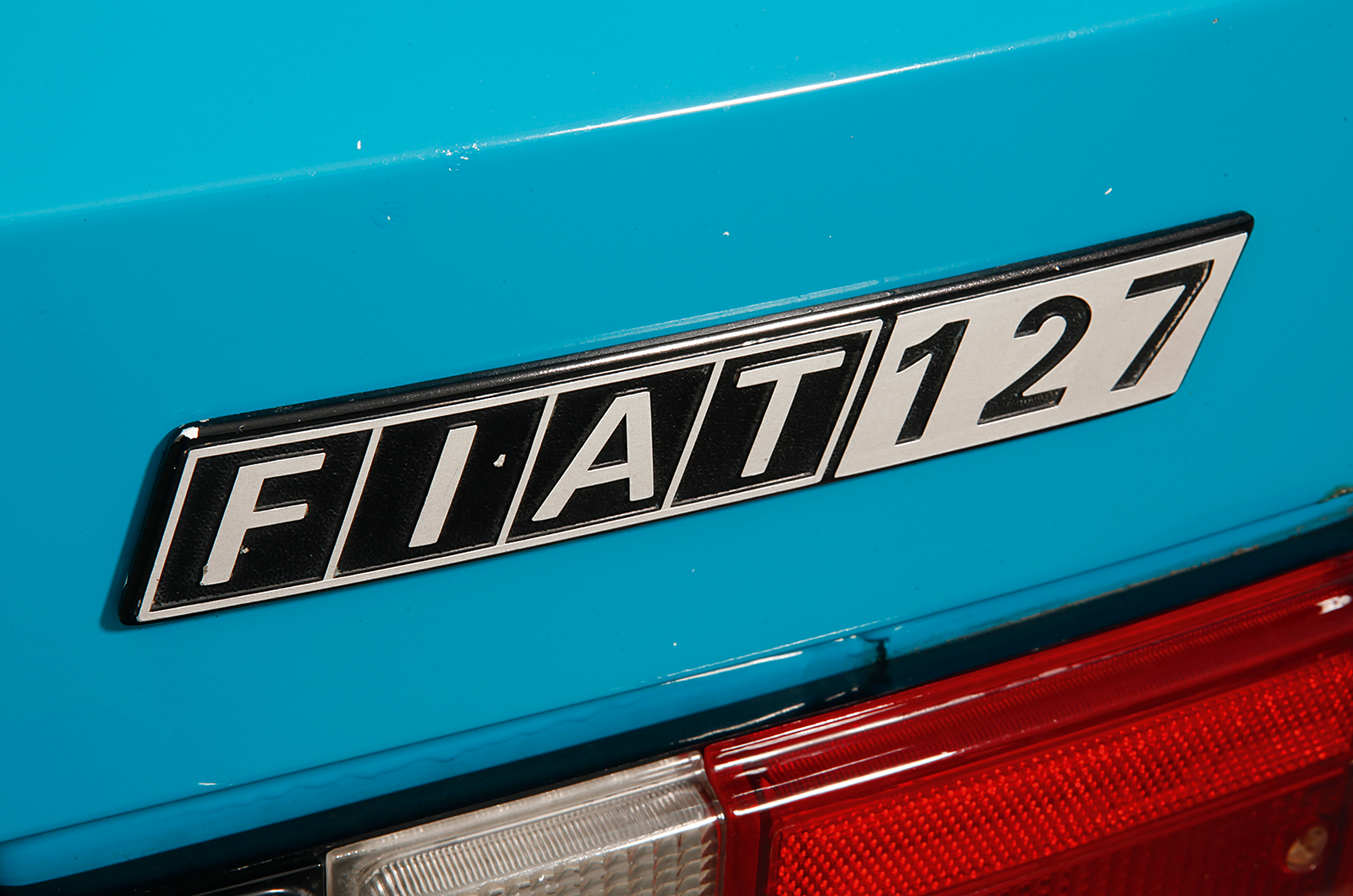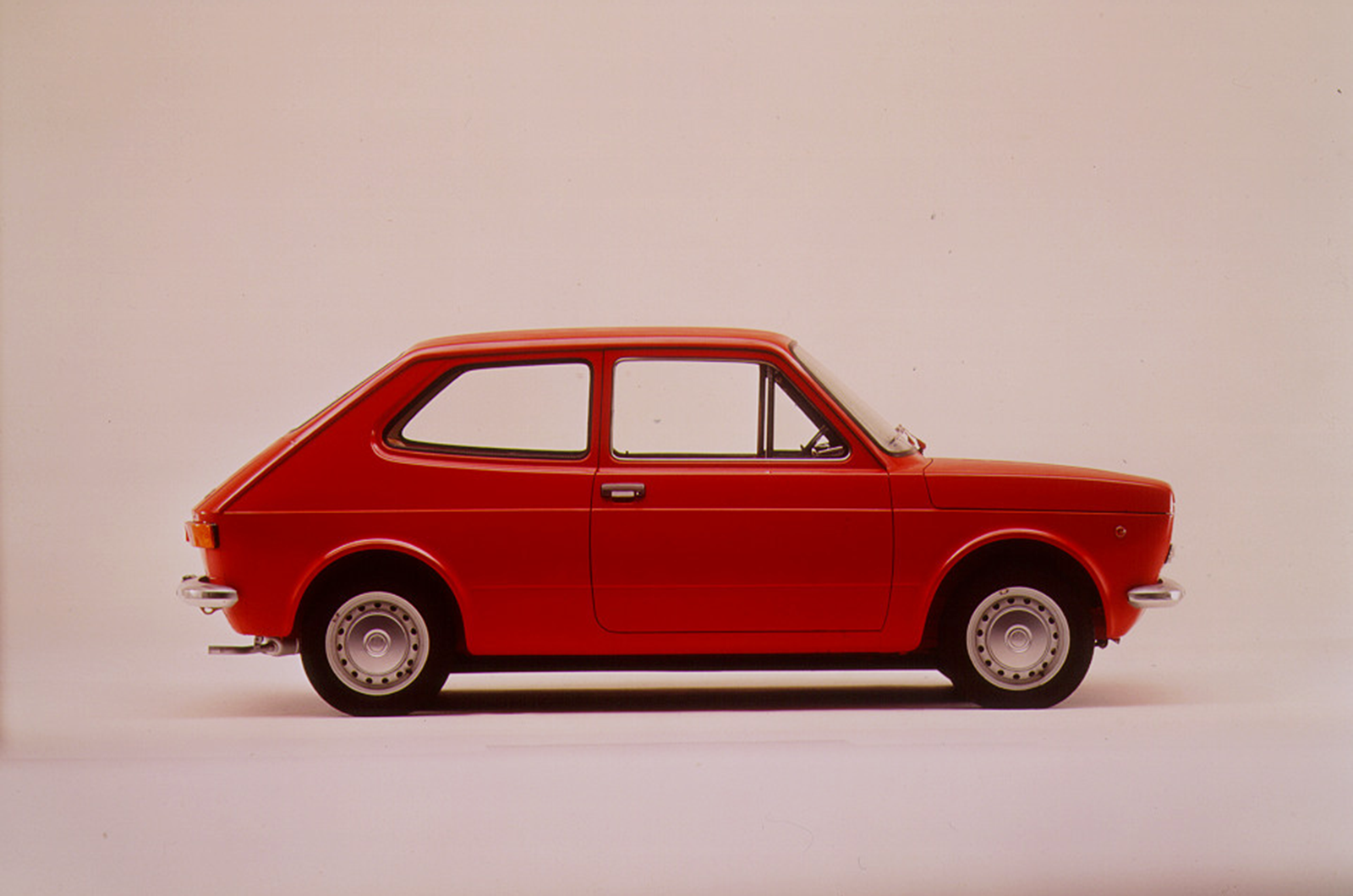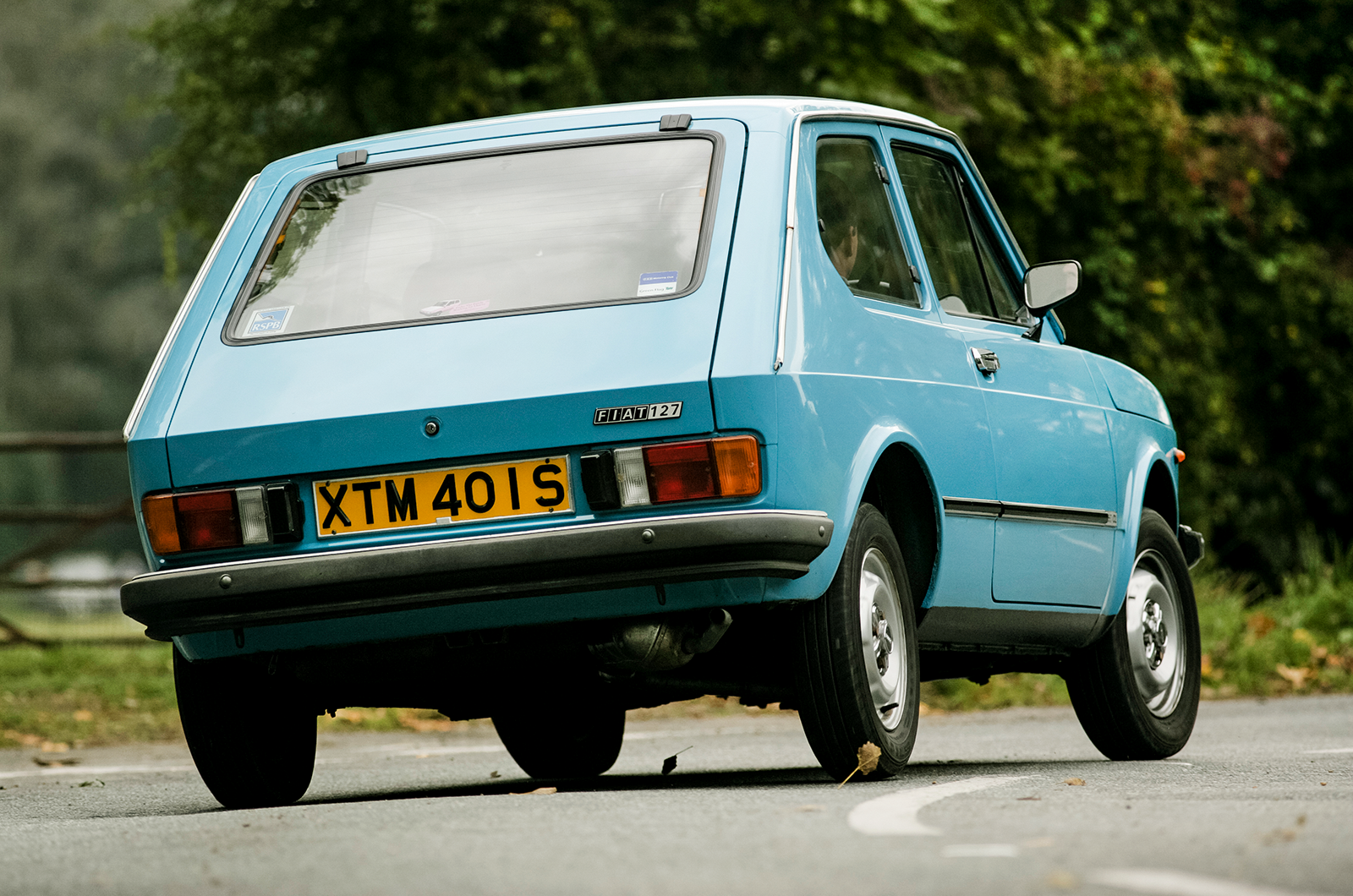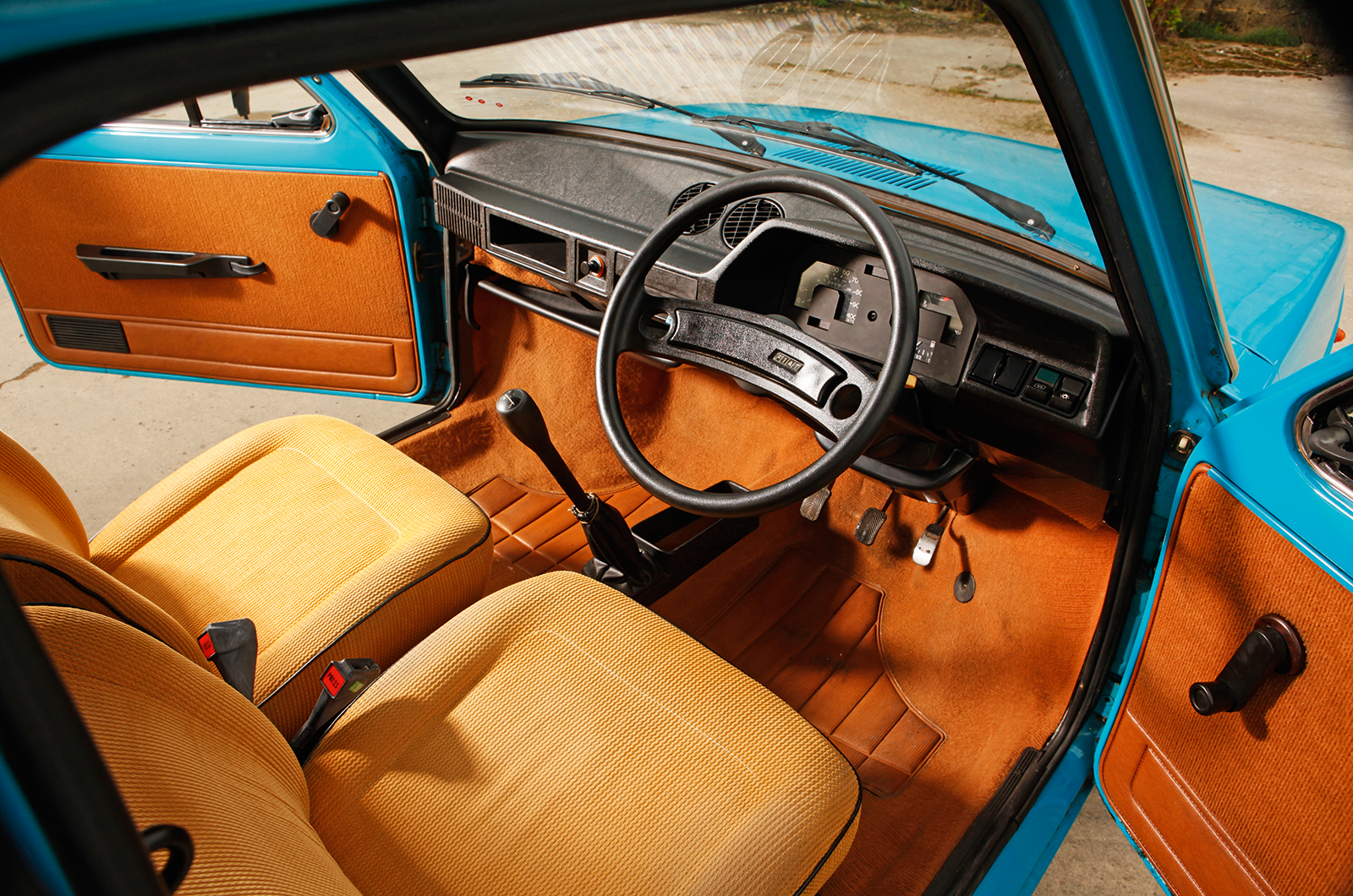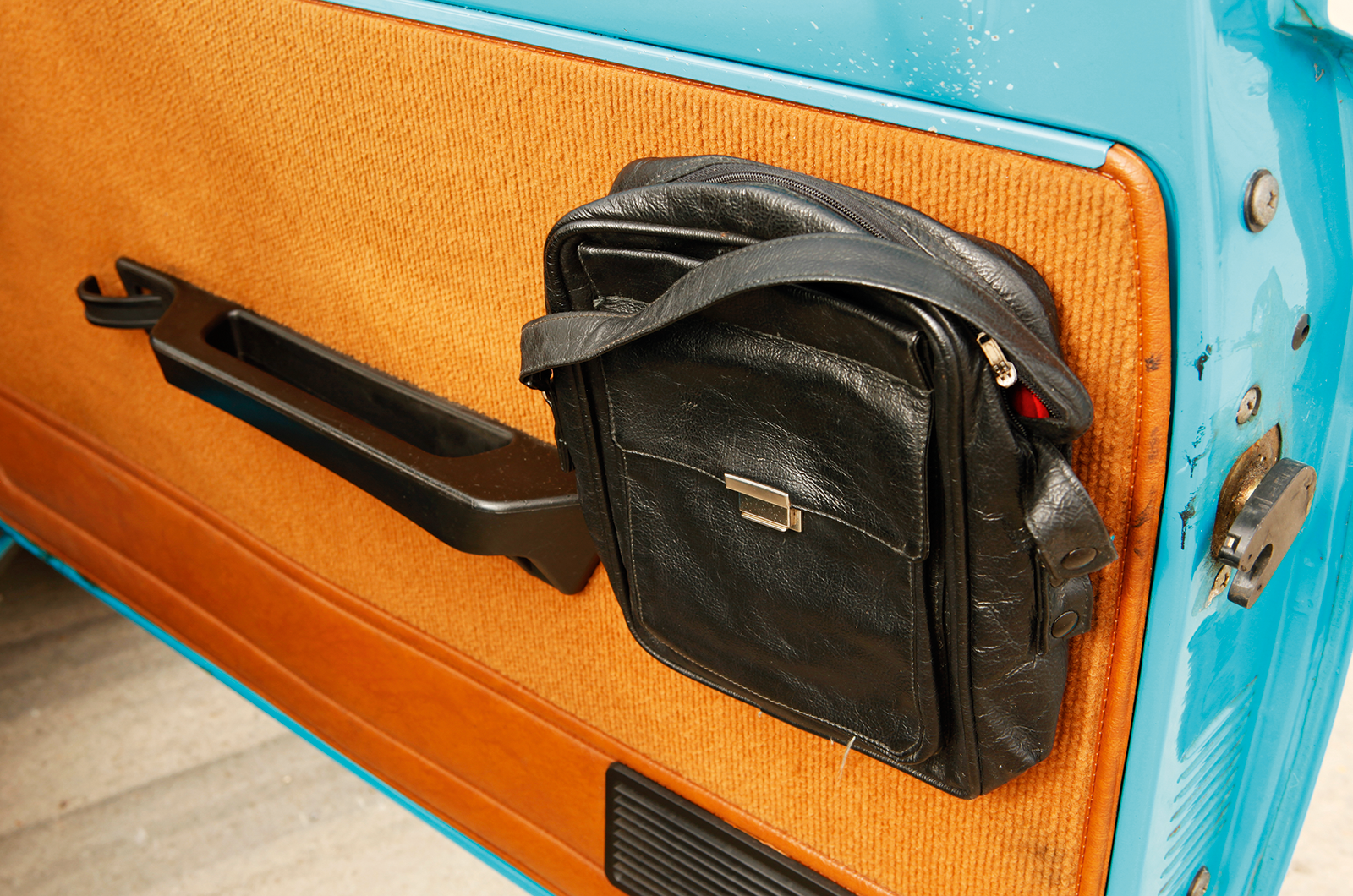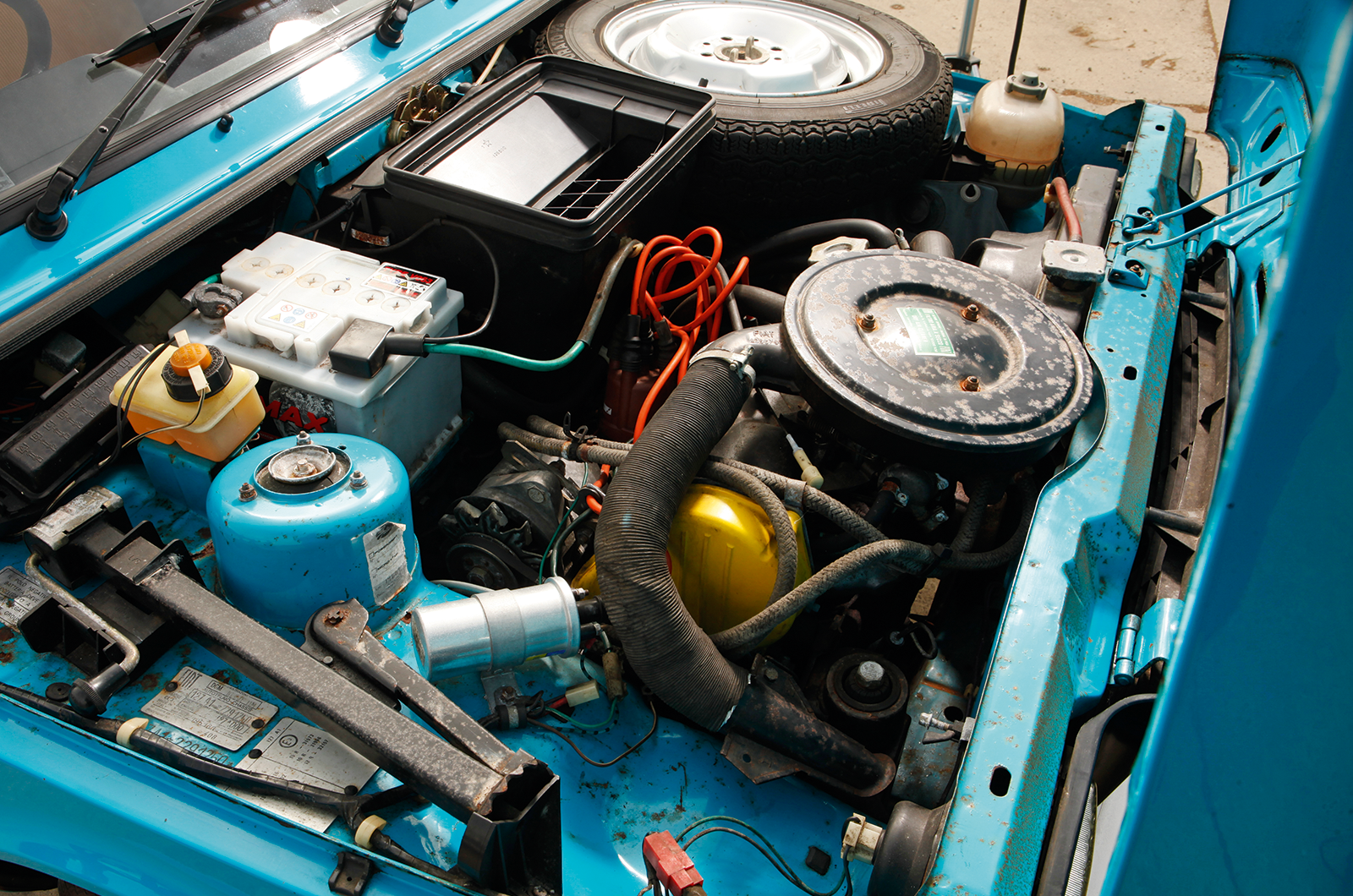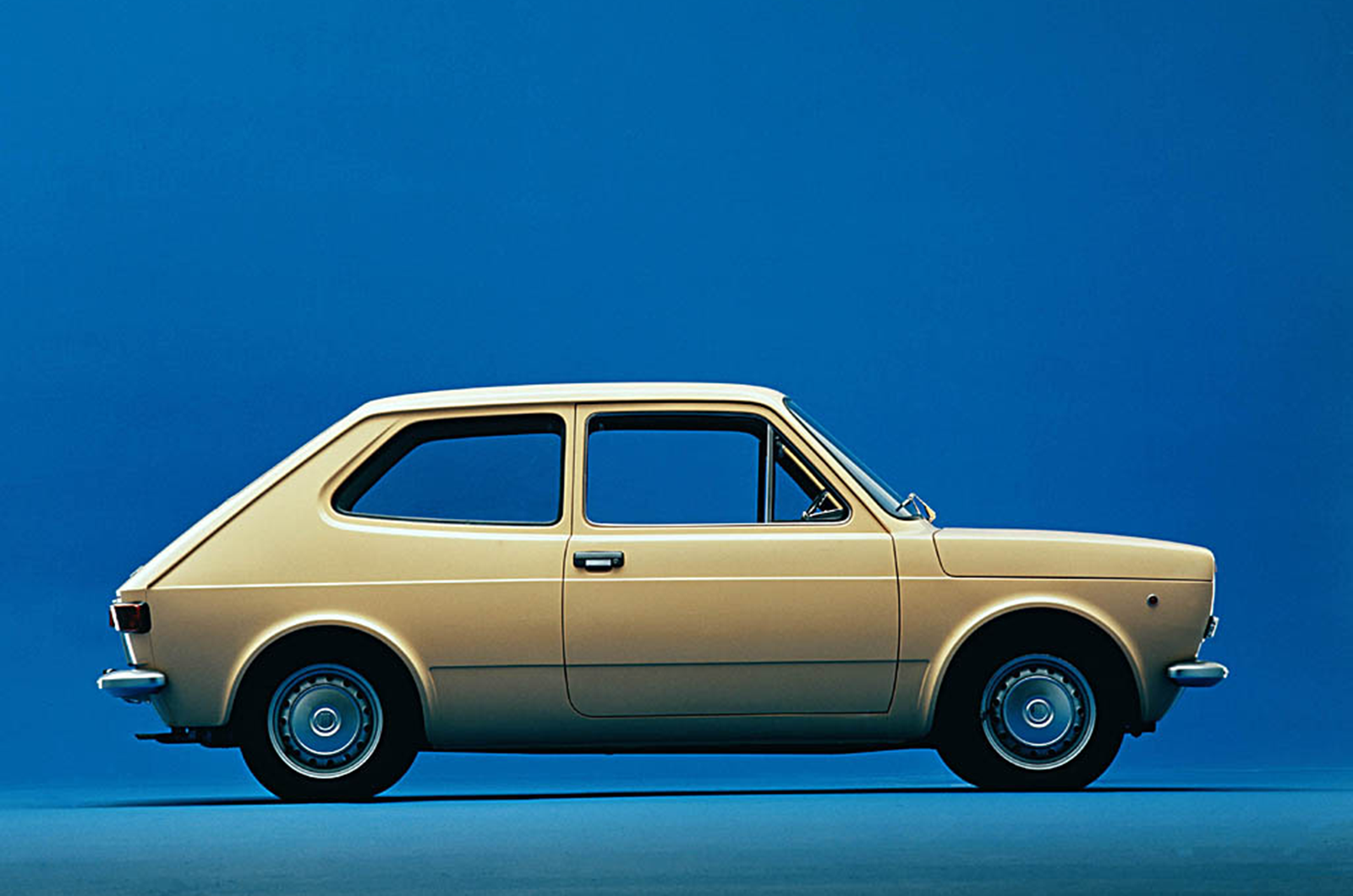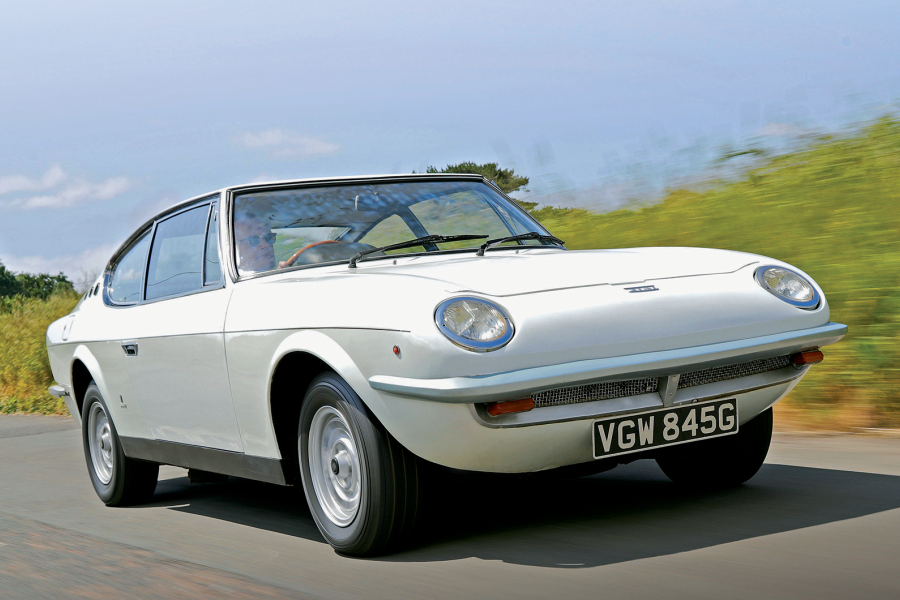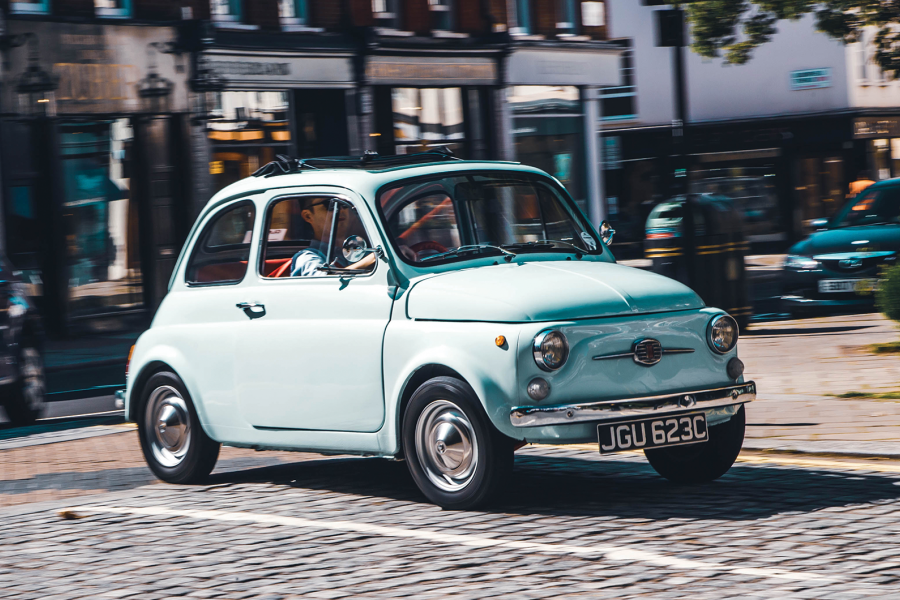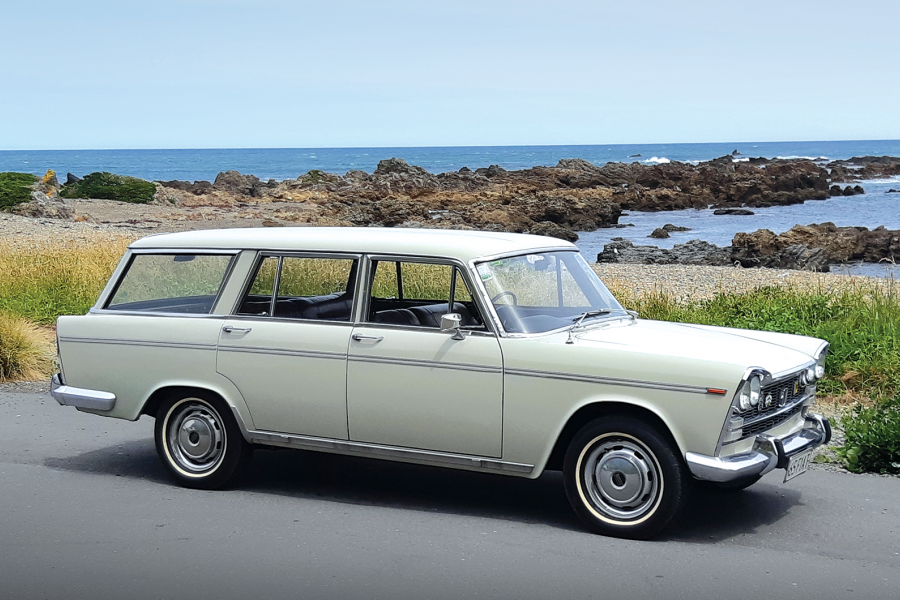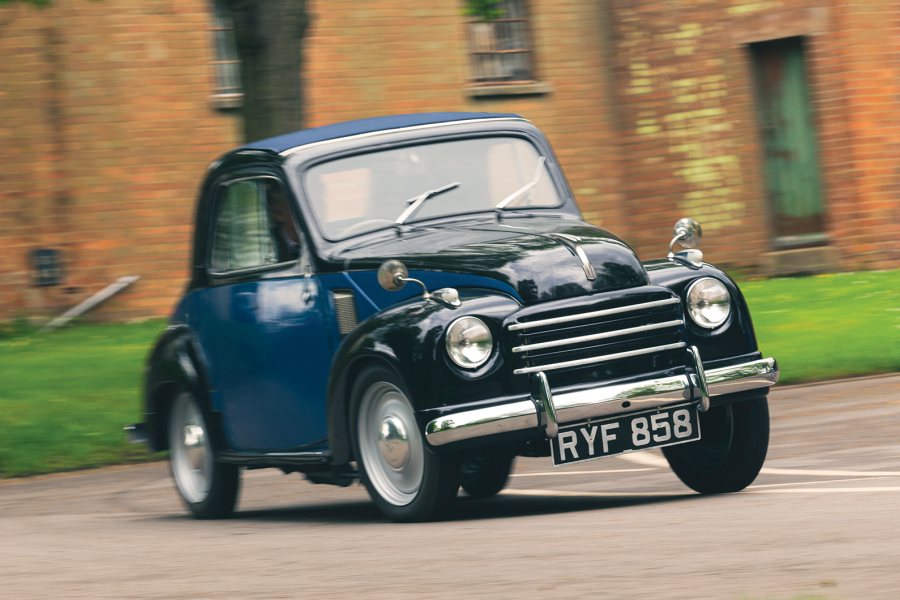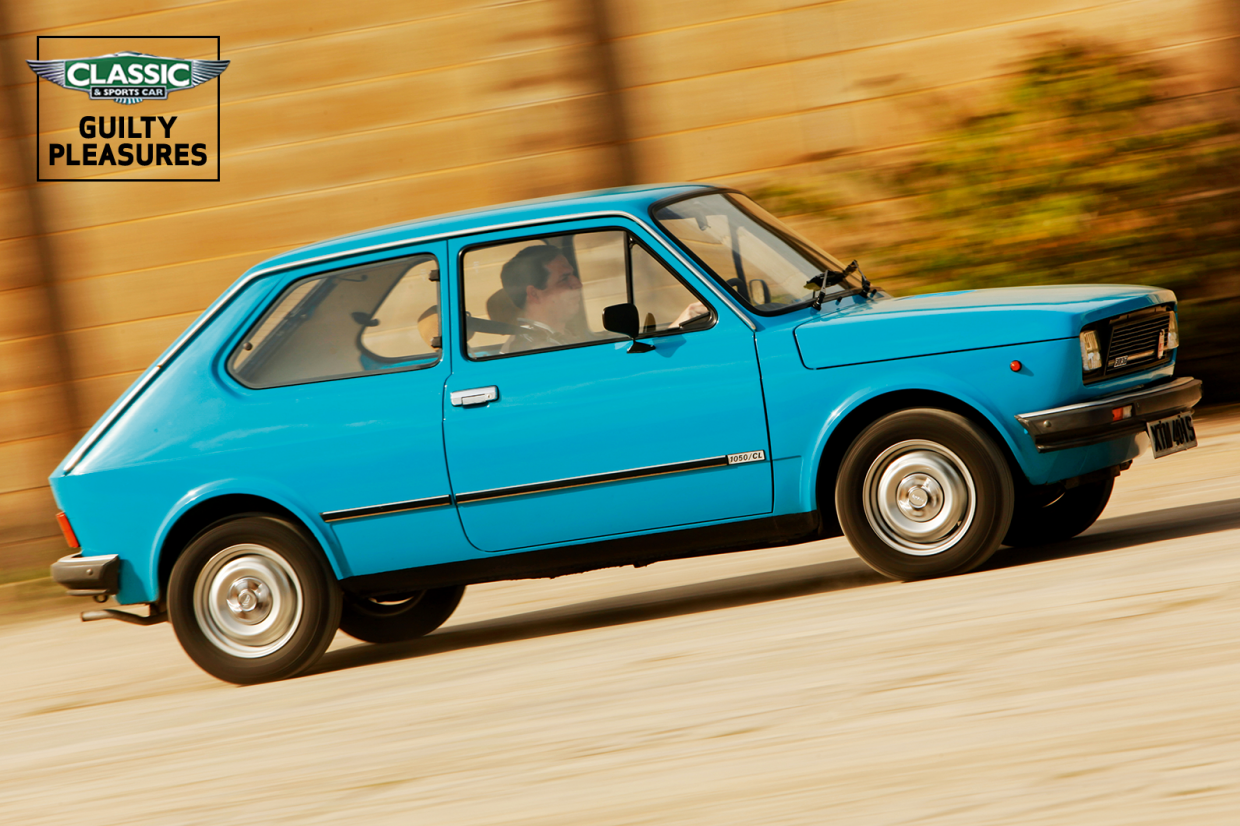
The Fiat 127 was basically road furniture in its 1970s heyday.
It was the fastest-selling car Fiat had ever made, shifting 2.1m by 1976 and 3.7m in total, and a truly international car of its time that was assembled in countries as diverse as Spain (where a special four-door version was built), Poland and Indonesia.
Today, the only place you will likely see a 127 is at an Italian car day. Back in the ’70s, it seemed like almost everybody had one.
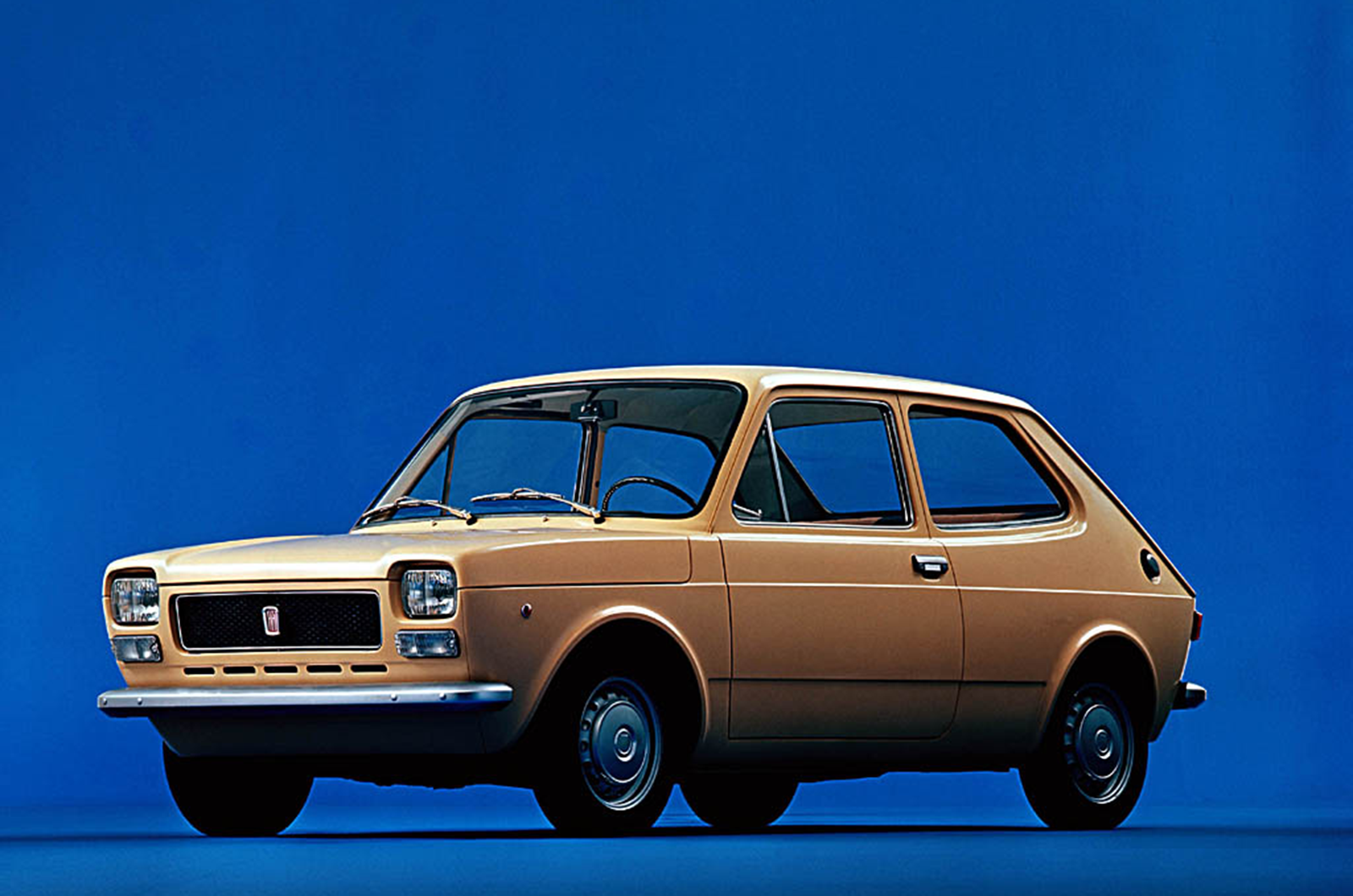
An early example of the classic Fiat 127
The Fiat 127 spearheaded the beginning of an invasion of similar cars from Germany and France, the Renault 5 being perhaps the strongest contender for top supermini honours.
As the first supermini from Europe, the 127 – like the R5 – was a prime example of exactly the sort of car the Leyland Mini should have evolved into: slightly bigger, much more refined and designed from the beginning as a hatchback, although you could also buy a booted, two-door version.
However, I am not sure its shape, with those square headlights and rising beltline, has aged as well as the Volkswagen Polo and the aforementioned Renault 5.

